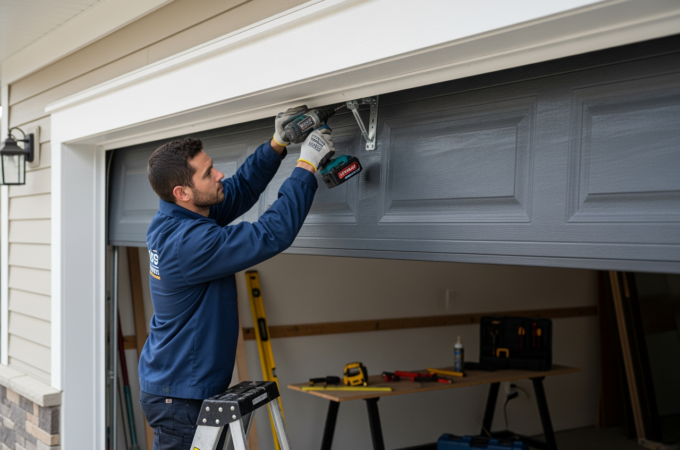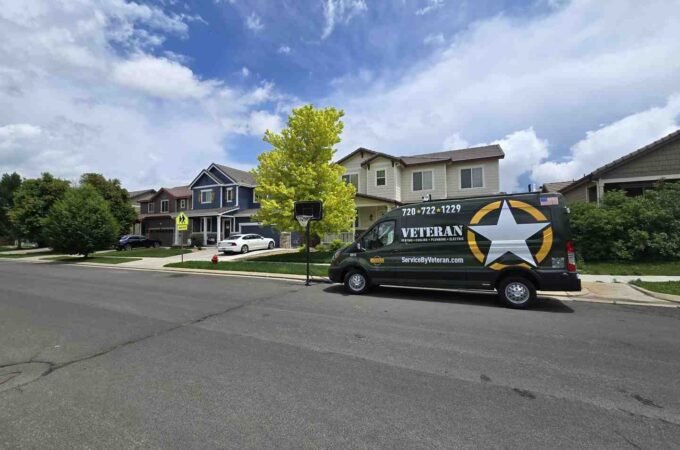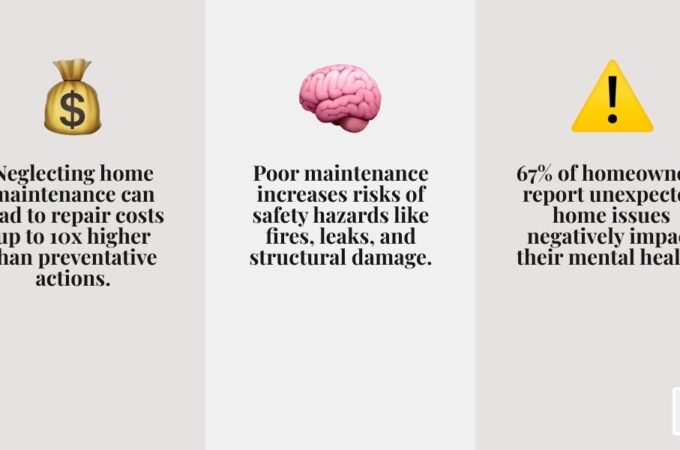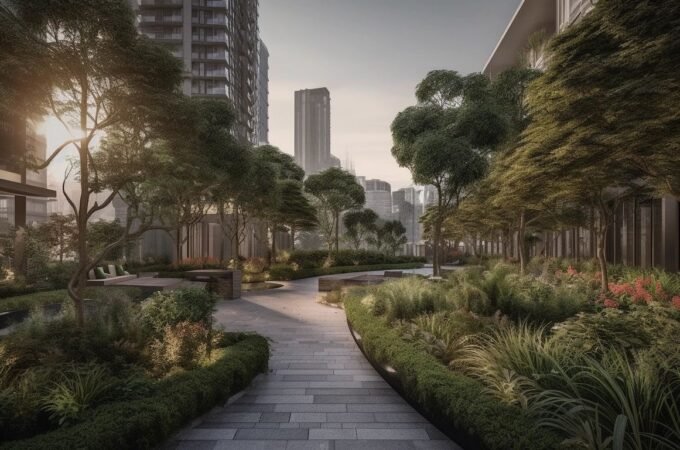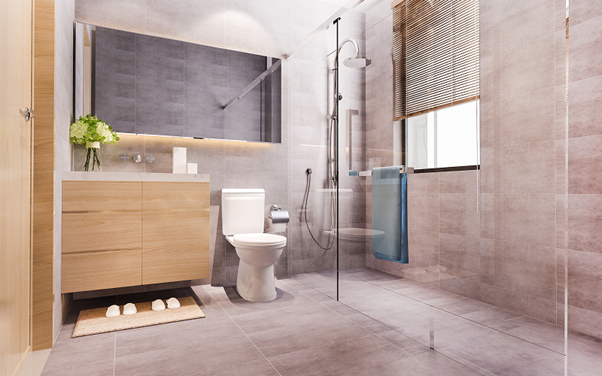
Small Bathroom? Here’s How the Right HDB Toilet Tiles Can Make It Look Bigger
Maximising bathroom space in HDB flats requires smart visual tricks. Walls, floors, and surfaces define how spacious a bathroom feels. Selecting suitable HDB toilet tiles plays a big part in shaping perception. The right combination of texture, colour, and layout can visually expand compact bathrooms without structural renovation.
Table of Contents
ToggleChoosing Light-Coloured Tiles to Reflect Space
Light shades create visual openness by reflecting natural and artificial light. Using beige, cream, soft grey, or white tiles establishes a cleaner and brighter appearance. Glossy finishes bounce light effectively, reducing shadows and corners that make bathrooms feel cramped. Consistency between wall and floor colours prevents harsh visual breaks, maintaining a continuous flow across surfaces.
Tiles with subtle veining or tone variation add depth without overwhelming the room. Choosing large-format tiles with minimal grout lines reduces clutter, reinforcing a more unified look. Avoiding dark hues in compact bathrooms prevents visual compression that makes the space appear smaller than it is. Light tones serve as the simplest and most effective way to achieve an airy atmosphere.
Selecting Tile Size and Layout for Visual Continuity
Tile size influences perception more than most homeowners realise. Large-format tiles minimise grout lines, creating seamless surfaces that draw the eye smoothly across the room. Rectangular tiles laid horizontally on walls can elongate the appearance of the space, while vertical layouts heighten low ceilings.
Using HDB toilet tiles in consistent patterns across walls and floors strengthens flow and balance. Diagonal layouts on the floor add dynamism, guiding sightlines to corners, making the space feel more extensive. Limiting pattern changes or border designs avoids dividing surfaces into smaller sections, which can visually reduce scale. Prioritising proportionate tile sizes ensures harmony between fixtures, flooring, and wall lines.
Choosing the Right Finish for Function and Feel
Finish selection contributes to aesthetics and comfort. Glossy tiles, particularly on walls, help amplify brightness. However, they can cause glare in small spaces, so balancing them with matte finishes on floors maintains practicality and visual comfort. Matte tiles offer slip resistance and add subtle sophistication without drawing too much attention.
Textured finishes, though stylish, can clutter small bathrooms visually. Smooth surfaces with minimal patterns maintain clean lines and reflect more light evenly. Combining a glossy wall finish with a soft-matte floor finish ensures functionality while enhancing spaciousness. Choosing durable, low-maintenance tiles supports longevity while keeping cleaning effortless.
ALSO READ: 5 HDB Common Toilet Design Ideas That Work for Every Flat Type
Coordinating Colours for Balanced Design
Colour balance defines bathroom mood. Neutral hues like off-white, sand, and soft grey deliver calmness, ideal for small HDB bathrooms. Matching wall and floor tones creates a seamless transition that avoids visual fragmentation. Contrasting dark floors with light walls can anchor the space while keeping the upper area light and open.
Accent tiles, if used, should appear sparingly. One statement wall or a subtle border pattern introduces character without closing in the space. Reflective tile finishes complement ambient lighting, while cooler tones, such as pale blue or grey, evoke openness. Combining consistent colour palettes reinforces visual symmetry, helping maintain the illusion of space.
Using Tile Patterns to Enhance Depth
Patterns influence spatial perception significantly. Horizontal layouts stretch walls visually, while vertical layouts expand perceived height. For flooring, diagonal or staggered tile arrangements extend corners outward, subtly widening dimensions. Continuous grout lines aligned precisely maintain symmetry, which plays a big part in creating visual depth.
Opting for small mosaic tiles on one limited feature area can draw focus away from tight dimensions. Avoiding overly busy motifs or strong contrasts keeps the environment clean and uncluttered. Subtle textures or fine-grain patterns encourage light diffusion, contributing to openness. Balanced placement and proportional design keep bathrooms from appearing fragmented or crowded.
Enhancing Light with Reflective Surfaces
Lighting and tile reflectivity work together in shaping how large or small a bathroom feels. Polished HDB toilet tiles paired with soft LED lights amplify brightness and remove harsh shadows. Glass or mirrored accents reflect tile colours, extending perceived boundaries. Keeping tiles uniform in tone enhances this effect further.
Combining reflective surfaces strategically ensures balance between function and appearance. For instance, using glossy wall tiles in shower areas increases brightness without compromising durability. Incorporating lighter tiles around mirrors or vanity sections draws light evenly, enhancing visual width. Proper coordination between illumination and tile finish creates an inviting sense of spaciousness.
Redefining compact bathrooms becomes achievable with the thoughtful use of HDB toilet tiles. Every colour, texture, and pattern contributes to making small spaces appear wider and brighter. Selecting tiles with intention not only elevates comfort but also refines the bathroom’s aesthetic appeal.
Discover practical styling tips and curated ideas for enhancing your living spaces—visit Living Comforts for more insights on interior design, décor inspiration, and shopping recommendations that fit every home style.

